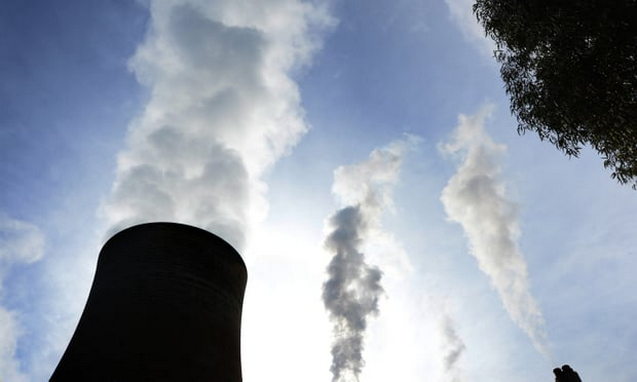NDEVR Environmental data suggests Australia will miss targets by 1bn tonnes of carbon dioxide under current trajectory
The figures from NDEVR Environmental for the year up to the end of June 2018 show the country’s emissions were again the highest on record when unreliable data from the land use and forestry sectors was excluded.
It is the third consecutive year for record-breaking emissions.
national greenhouse gas inventory (NGGI) quarterly reports but releases them months ahead of the official data. Previous NDEVR figures have been within 1% of the official figures when eventually released.
The government has yet to publish any emissions data for 2018. Its last update was for the year to December 2017, which it published in May and showed Australia’s emissions continue to soar.
NDEVR’s report projects Australia will miss its Paris targets by about a billion tonnes of carbon dioxide if emissions continue on their current trajectory.
Where are Australia's quarterly emissions coming from? |
| LULUCF emissions are negative from September 2011 onwards, and not represented here. Guardian graphic | Source: NGGI, NDEVR Environmental |
It finds that transport emissions were the highest on record in the final quarter of the 2018 financial year and continue to rise. NDEVR said this was due to the rapid increase in the use of diesel fuel in both passenger cars and heavy transport.
Emissions from stationary energy and fugitive emissions continue to trend upwards. The rise in stationary emissions is mostly attributable to energy industries excluding electricity generation
NDEVR’s report projects a drop in emissions from the electricity sector for the final quarter of the 2018 financial year because of a reduction in total electricity generation in the national electricity market states and an increase in generation from renewables.
But Matt Drum, the managing director of NDEVR Environmental, said Australia was still not on track to meet its Paris targets.
“Tracking the Paris trend line, they’re still heading north and missing Paris by a long way and our 2050 two-degree target by an even greater margin,” he said.
“The data’s telling us clearly again that we’re not on a trajectory to meet our targets, there’s no effective policy to meet our targets, but we’re still hearing commentary from the government that we’re on track to meet our targets.”
Links
- Climate poll shows Morrison politically vulnerable as more voters back action
- Australia will honour Paris climate agreement, Simon Birmingham says
- Record emissions keep Australia on path to missing Paris target
- Climate 'culture war' will doom Australia to fail on emissions targets, Labor says
- Australia's emissions rise again in 2017, putting Paris targets in doubt
- Australia recommits to Paris agreement after Trump's withdrawal
- Australia's greenhouse gas emissions are rising and forecast to miss 2030 target
- Climate change: Australia falling behind rest of world on emissions cuts, says report



No comments:
Post a Comment